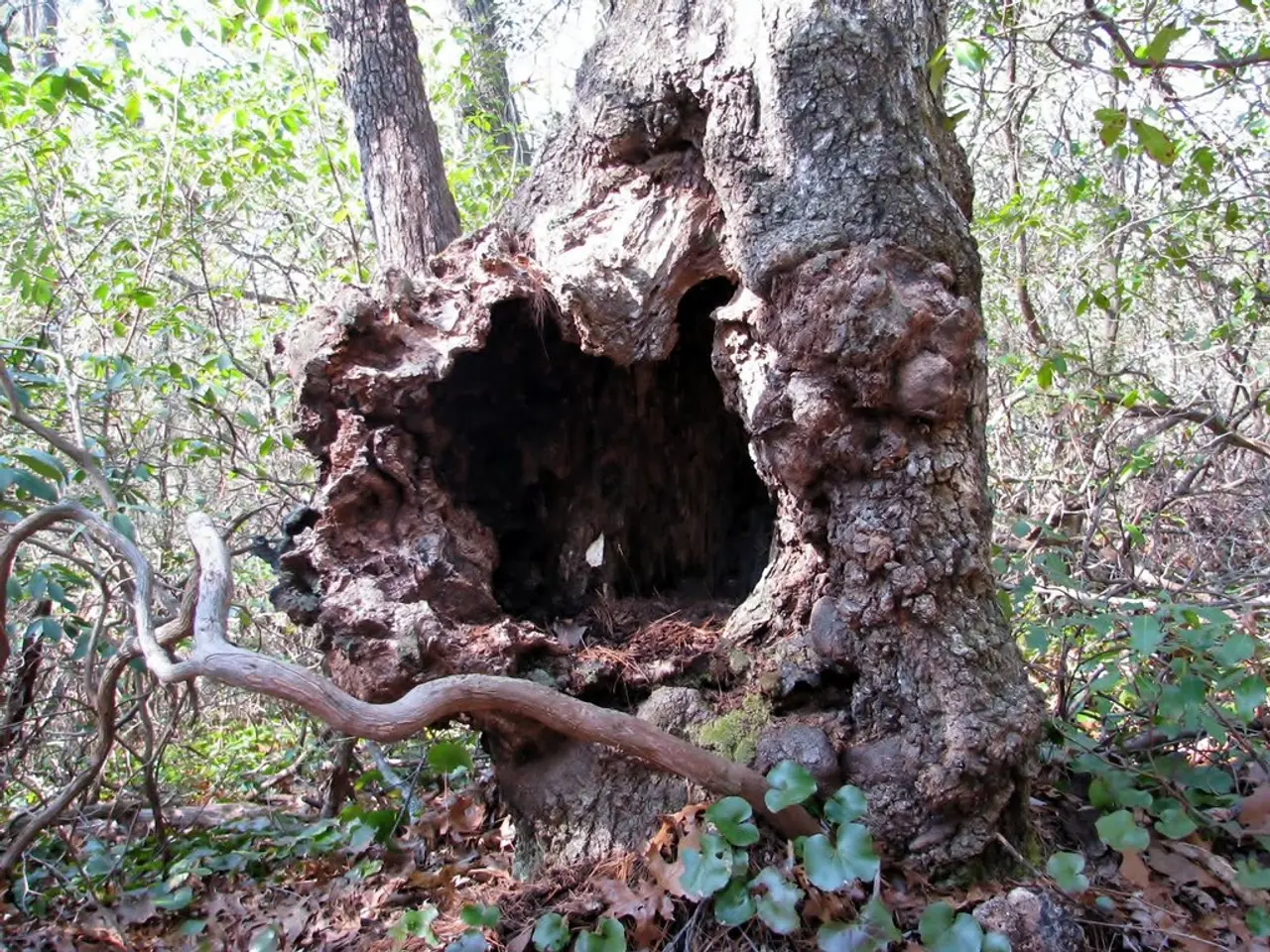Understanding the Deep Meanings Behind Bonsai Tree Symbolism
In the tranquil world of bonsai, each tiny tree tells a story of patience, harmony, and the beauty of life's cycles. Bonsai isn't just about growing miniature trees; it's a form of art that invites us to slow down, declutter our minds, and appreciate the intricate details of nature.
Bonsai trees, with their meticulously sculpted forms, act as mirrors reflecting the importance of cultivating harmony in our inner and outer worlds. They are more than just decorative pieces; they are works of art that tell a story.
The Ginkgo Bonsai Tree, the last surviving member of its family, symbolises longevity, endurance, and perseverance. Its medicinal health benefits and extreme hardiness make it a remarkable addition to any collection. The Ginkgo Bonsai Tree's modest beauty serves as a contrast to our busy, complicated world.
Jade Bonsai Trees, often referred to as the money tree, symbolise abundance, success, harmony, and financial good fortune. They remind us of the beauty of aging and the importance of balancing contrast in life.
Japanese Maple (Acer palmatum) is a popular bonsai tree that embodies patience and the beauty of change. Its delicate structure and vivid autumn colors teach us about graceful cycles of life and transformation.
Trident Maple (Acer buergerianum) conveys perseverance and strength. Its rugged stature and firm roots are likened to a samurai’s stance, highlighting endurance through adversity.
The Chinese Elm (Ulmus parvifolia) represents harmony and resilience. Its elegant form reflects balance between strength and flexibility, symbolizing the interconnectedness of life.
Japanese Black Pine (Pinus thunbergii) and Japanese Red Pine (Pinus densiflora) are notable for their longevity and robustness, reflecting divine existence and perseverance due to their long lifespan and enduring nature in harsh conditions.
Azalea (Rhododendron spp.) bonsai often symbolise abundance and new beginnings through their vibrant, abundant flowers—a metaphor for renewal and flourishing life.
Native Indian bonsai such as Tamarindus indica (Imli) and Wrightia tinctoria (Indigo plant) represent simplicity and harmony with nature. Their rugged bark and delicate foliage reflect resilience and peaceful coexistence with natural cycles.
Bonsai demands patience, and mastering it can transform frustration into a relaxing meditation. It's a masterful balancing act, emphasising harmony between masculine and feminine features, strong trunks, and containers.
Cherry Blossom Bonsai Tree marks the beginning of a cycle of abundance. It symbolises divine existence, transitory nature of existence, and feminine power.
Ficus Bonsai Tree is a common beginner's bonsai. It symbolises unity, new beginnings, simplicity, and positivity.
For those interested in learning more about bonsai tree care and maintaining tree health, there are numerous resources available. Platforms offer articles, online shops, and even Facebook groups for connecting with other bonsai lovers. You can also find resources on the history of the bonsai tree and its origination.
In thematic terms related to bonsai:
- Simplicity is represented by species with unadorned elegance and minimalism, such as the Wrightia tinctoria.
- Harmony is embodied by the Chinese Elm and Japanese Maples, with balanced forms and seasonal transitions.
- Patience is a central theme underscored by the Japanese Maple’s slow, graceful development.
- Cycles of life are visually communicated by the changes in leaf color and the seasonal rhythms of Japanese Maples and Azaleas.
- Abundance is expressed through flowering bonsais like Azalea.
- New beginnings are symbolised by the dawn metaphor associated with species like the Azalea’s bloom and culturally in Bonsai practice itself.
- Divine existence and perseverance relate to the pine species, revered for their spiritual symbolism in Japanese culture and enduring nature.
These symbolic meanings are culturally rooted in East Asian traditions where bonsai originated, reflecting philosophical and aesthetic values through the choice of species and their growth patterns.
References: - bestbonsaiguide.com (2025-07-10) - japantruly.com (2025-07-07) - tiktok.com/@nakano2023 (2025) - timesofindia.indiatimes.com (2025-08-01)
Caring for bonsai trees can provide a means to meditate and reduce stress, converting frustration into a soothing practice. Home-and-garden enthusiasts may find resources online to learn about tree care and maintaining tree health.
When it comes to lifestyle choices, incorporating bonsai gardening into your routine can offer a tangible connection to nature and its cycles, fostering a sense of peacefulness and mindfulness.




